

Below you will find a range of research projects being undertaken in the Music and Music Therapy area.
Click to expand
A decade on - reflections on the expressive confidence of autistic past music therapy participants who engaged in song creation in music therapy as children
Supervisor: Dr. Alison Short
Degree: Master of Research
This longitudinal arts-based research shares the experiences of two autistic past music therapy participants who engage in flow song creation. Song creation draws upon flow states where one trusts what the subconscious brings to the surface (Csikszentmihalyi, 1990). Two twenty-three-year-old past music therapy participants, Chester* and Golden Girl*, were recruited, joined by the researcher (former therapist), former co-therapist and two famous producers. Using zoom and the ‘voice memo’ app on their phone they were able to remotely participate in a music jam and conversation. Participants created a new song and jammed on a song Chester* recorded in music therapy when he was twelve. They shared what it feels like to make up songs and collaborate; and how expressive confidence helps manage mental health challenges. Findings show how an arts-based framework can enable strength-based collaborative feedback with autistic participants, supporting the use of song creation in music therapy with this population.
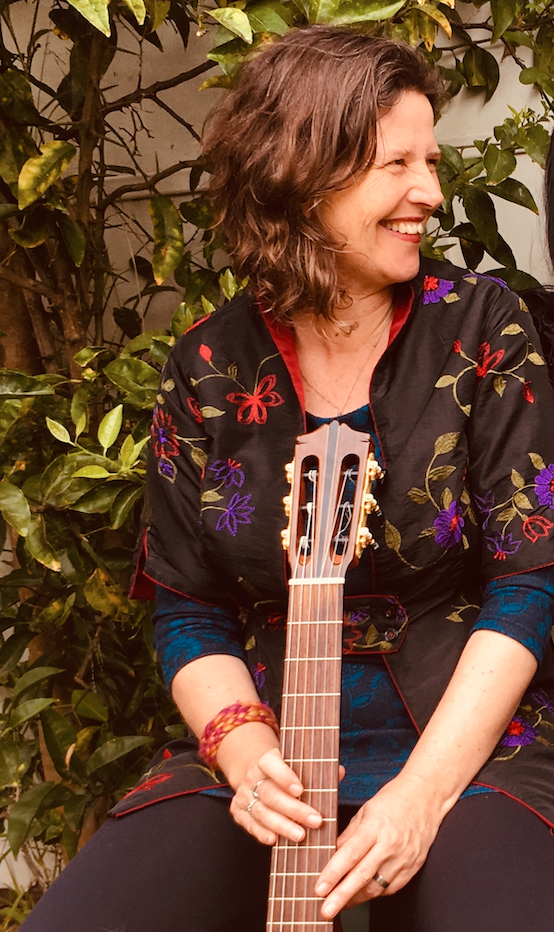
Photo of Ann Lehmann-Kuit
Associate Professor, Music
Hyelim Kim (solo taegŭm) performs Bruce Crossman’s Gyeonggye: Border (2020) at London, Stella Polaris Studios, United Kingdom, November 2020. (Recording engineer: Oyvind Aamli; Mastering Engineer: Mitchell Hart)
Gyeonggye: Border was sparked by the organicism of zig-zag organisation of a tree branch, observed during my bush walks in Mulgoa Nature Reserve near the foothills of the Blue Mountains, Sydney. Its organic rhythmics, angular and sharp, jarring things with the rhythm of nature inspired the organicism of the music, as a flow of juxtaposed living colours. It moves from the gentle stillness of the opening’s Japanese temple bell resonances, broken by Judeo-Christian glossolalia chanting entwined with the Korean word ‘gyeonggye,’ and closes with taegŭm breath-drones and emergent flourishes as if signalling heaven. The pulsing juxtaposed colours of the taegŭm are a type of symbolic life pulsing, as spirit crosses from heaven to earth and earth to heaven, as a tribute to my father’s border crossing to heaven.
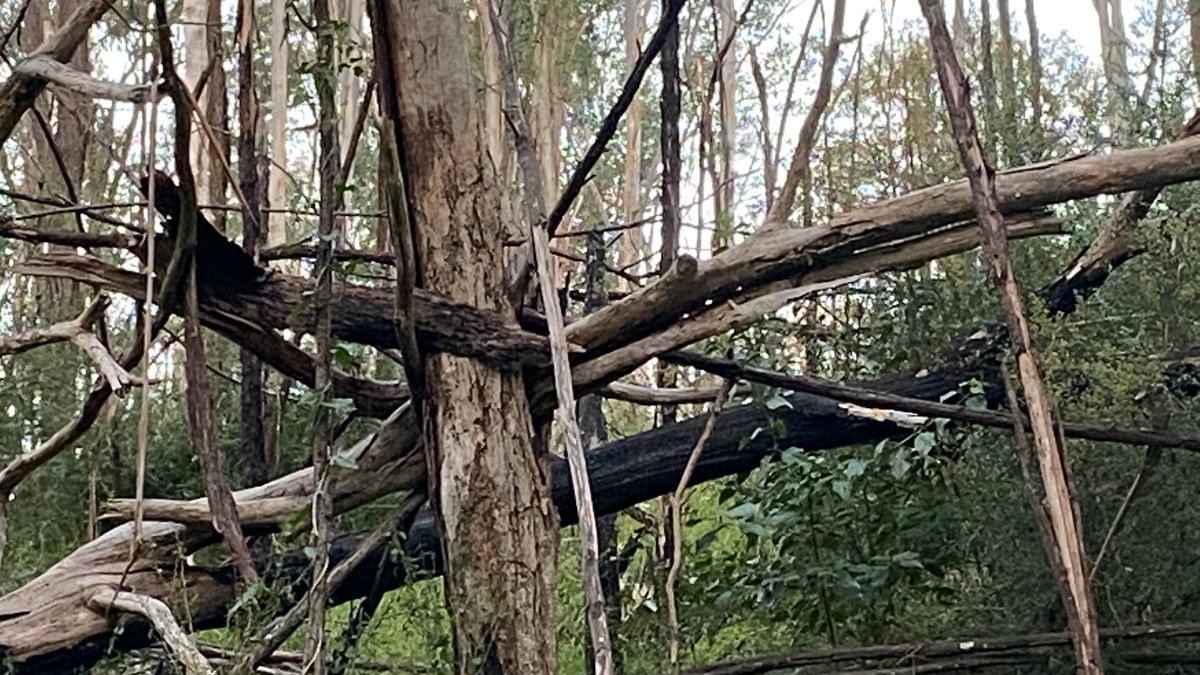

Perceptions and Conceptions of Francesca Caccini (1587- c.1645) and Barbara Strozzi (1619-1677): How can the contemporary composer work with creative methods and historic traces to reveal new insights.
Supervisor: Dr. Clare Maclean
Degree: Master of Research
My MRes project is looking at ways in which the contemporary composer can work with lost or overlooked historic role models to develop new work, and reveal new insights into both time periods. Through this research, I am reflecting on two baroque composers, Francesca Caccini (1587-1645) and Barbara Strozzi (1619-1677) who, although successful in their own time, fell through the progress driven narrative of history. Drawing on feminist theory, sound studies and the sensorial knowledge gained through artistic inquiry, I am interested in collapsing time in order to metaphorically collaborate with these two women through the traces that remain of their lives and work. When handling these traces, I am investigating how techniques like pentimento from art practice and palimpsest from textual studies, might be applied, in a musical sense, to work simultaneously with history and contemporary perspectives. My project will culminate in a composition portfolio (album) and interconnected exegesis.
Listen to her work below:
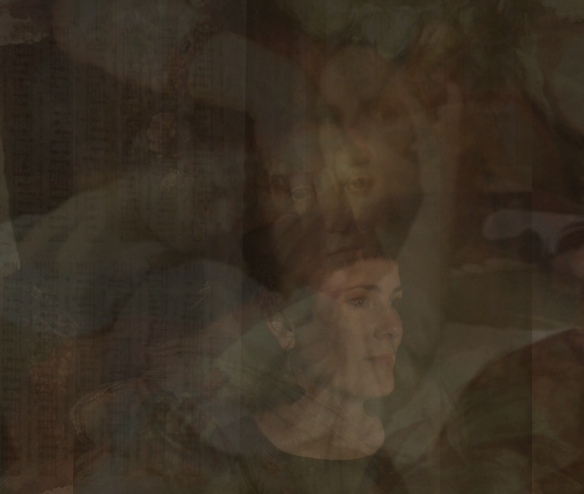
Image courtesy of Claire Deak
Primary music education in Australia: Issues of self-efficacy and growth mindset for the generalist primary teacher teaching music
Supervisors: Susanne Gannon, Anne Power, Diana Blom
Degree: PhD
A well-known issue within the music education community is the inconsistent provision of music education in primary schools. As a secondary music teacher, this ongoing problem within primary music education is a significant concern. Some primary schools have highly successful music programs. Unfortunately, too many primary schools provide the bare minimum, which results in students transitioning to secondary school possessing little to no musical literacy. From the substantial body of literature on the topic, the overarching reason is that often generalist primary teachers will abdicate the teaching of music as they have low confidence and/or low self-efficacy in doing so. My study will expand on the seminal works of Peter de Vries (2011, 2013) which focus on preservice and early career primary teachers’ perceptions of self-efficacy in teaching music. Through interventions that comprise growth mindset and creative music making professional learning.
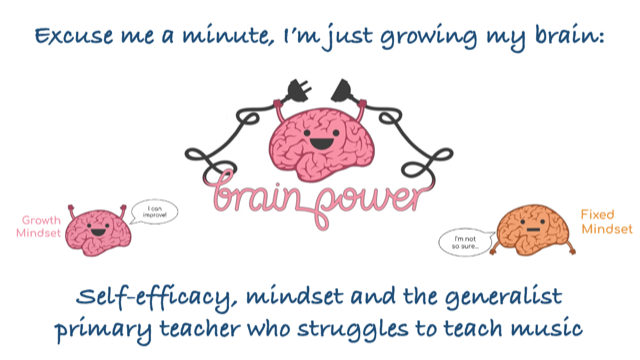
image courtesy of Danielle Burns
Collaborative Compilations
The lockdown has been an opportunity to create two collaborative compilations, each with a strong community focus. Out of Time is two volumes (Secular & Sacred) of choral art music exploring asynchronous (out of time) choral composition. The works by multiple Australian composers celebrate the musical aesthetic resulting from the interesting aleatoric effects created by asynchronous choral writing. Editors and composers, Diana Blom and Brett McKern, felt that these techniques could be developed to help keep choirs singing during the global Coronavirus pandemic. The repertoire can be performed live or over the internet, providing for choirs socially distanced as to position of choristers, while offering new aleatoric repertoire.
Australian Animals for First Year Pianists is a collection of newly-composed pieces to be used in conjunction with a traditional piano primer to introduce, in an imaginative way, new musical concepts. The composers, Diana Blom and Felicity Martin, each wrote 10 pieces, plus one duet, and drew images to accompany the animals being portrayed in music. The pieces have words to not only suggest the feeling intended, but also to help the student with rhythm, phrasing and the melody.

Australian Animals for First Year Pianists
Out of Time
Fostering Musical Cultures in Schools
A collaborative approach to the transfer of knowledge between allied health professionals and educators is a developing area relevant to music therapists working in special education. Some research has shown how collaboration between music therapists and educators in special school settings can grow an engaging musical culture, however there is little research including support staff. Feedback was gathered from the teaching staff of three classes at a School for Specific Purposes (SSP) in NSW. Within a Participatory Action Research framework, participants collaboratively designed a classroom music program. Data was collected via focus group discussions, weekly online surveys and the researcher’s reflexive field journal. Thematic Analysis was applied to the data generating four over-arching themes. A set of ‘delivery skills’ were identified to target and rehearse within the developed framework in order to achieve a practice of ‘delivery without fear’ amongst participants. The study could prove useful for pre-service teacher training and in the field of professional development in schools.
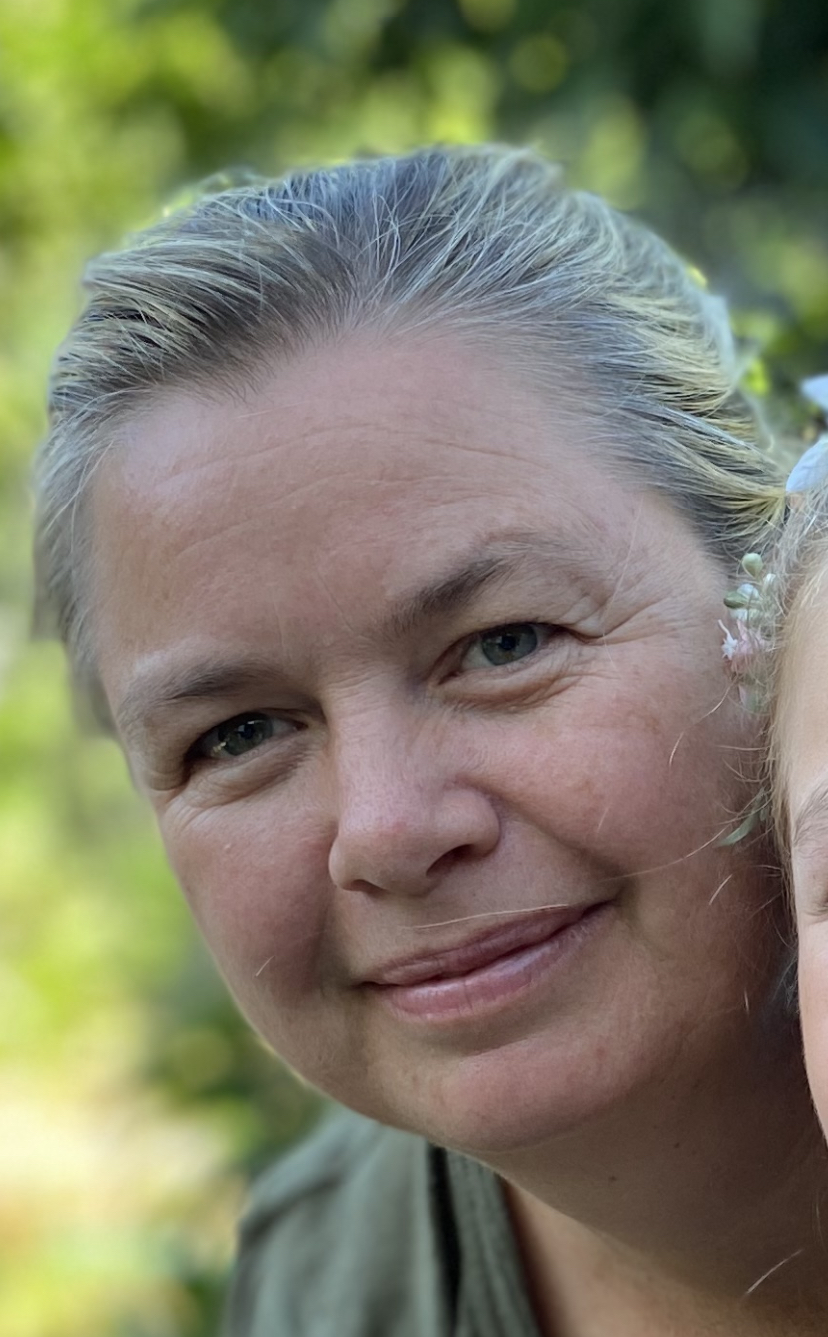
Photo of Jenny Whalan
Korean Women’s Folksongs from Chungcheong province: Married life song arrangement.
Supervisors: Diana Blom, Clare Maclean & Bruce Crossman
The study of this project investigates the music and the role of folksong in the lives of women from Chungcheong Province in the Republic of Korea. The third part of the study is to arrange a song from the folksongs analysed in the second part of the study.
The arrangement of the song ‘Married life song’ was made in part at an exchange program in 2020 between two institutions: Western Sydney University in Australia and Seoul National University in the republic of Korea. The arrangement was organised by sharing music recording files and adding the layer of each instrument, Haegeum and Gayageum, and sound sources.
The ‘Married life song’ explores and presents the life of married women from the past in the folksong context and current conversations and experiences with married women. In the fourth and final part of the study, the arrangement will be posted on YouTube for public comment from the Korean community and beyond.
Please see the Korea-Australia Music Exchange for a film of Jin Ju Yang’s playing
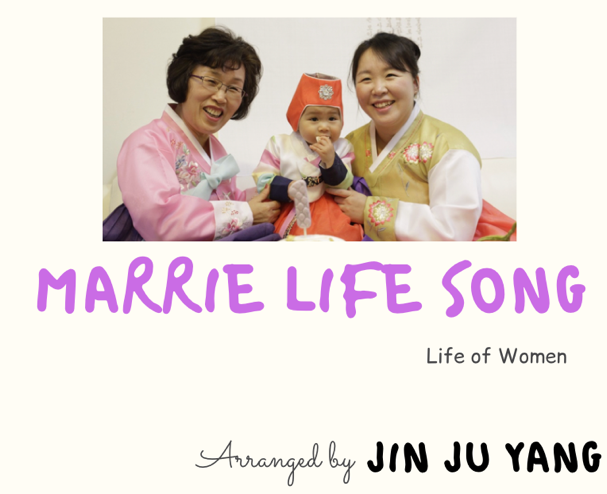
Image courtesy of Jin Ju Yang
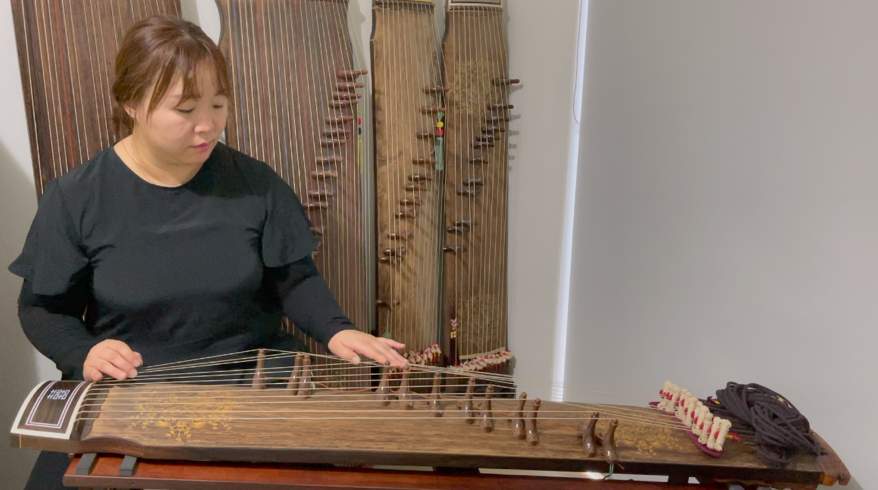
Photo of Jin Ju Yang
Exploring Co-performers’ Communications in a Newly-Formed Piano Duo
Supervisors:Diana Blom & Peter Keller
Degree: PhD Candidate
This research project focuses on the communication between players in a newly-formed piano duo. The project is reviewing related literature on communication and performance, from the initial meeting to practice, and the developing professional relationship necessary to give a joint performance. Studies have focused on body language and movement, eye contact, and various body and visual contact that translate into a shared musicianship during rehearsals and performances. The proposed study, through a questionnaires, interviews, journaling, video, practicing, and performance records between two professional Chinese based pianists, contributes to the development of performers in terms of personal connections and musical dialogues. An emphasis on communication is essential for pianists, particularly a newly-formed duo, to develop a joint goal that reflects collaboration, rather than a solo performance. The study seeks any potential cultural biases and stereotypes but reiterates that findings can help build strong professional communications and a working relationship between newly-formed piano duos.
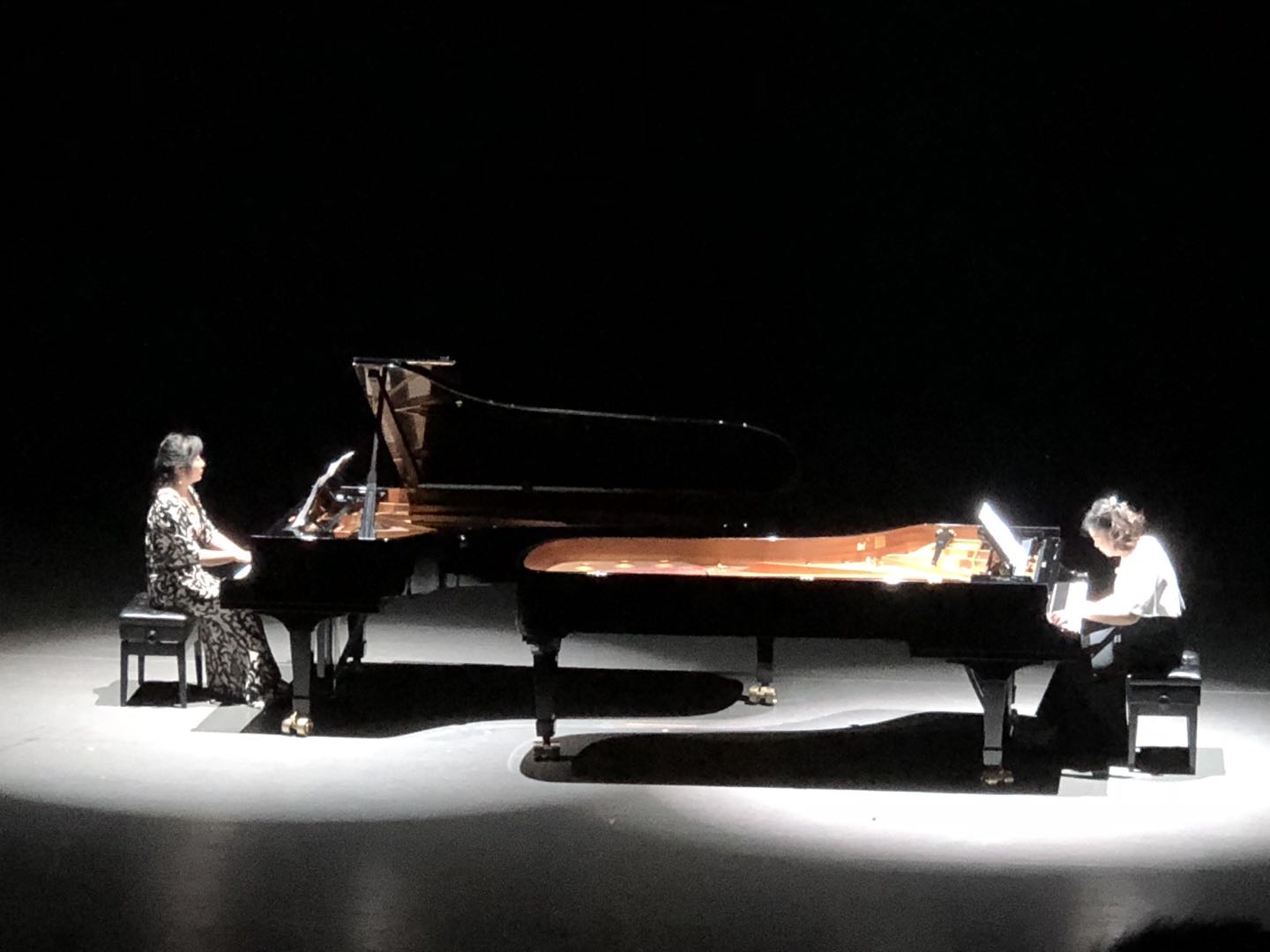
Image courtesy of Shufang Zhang